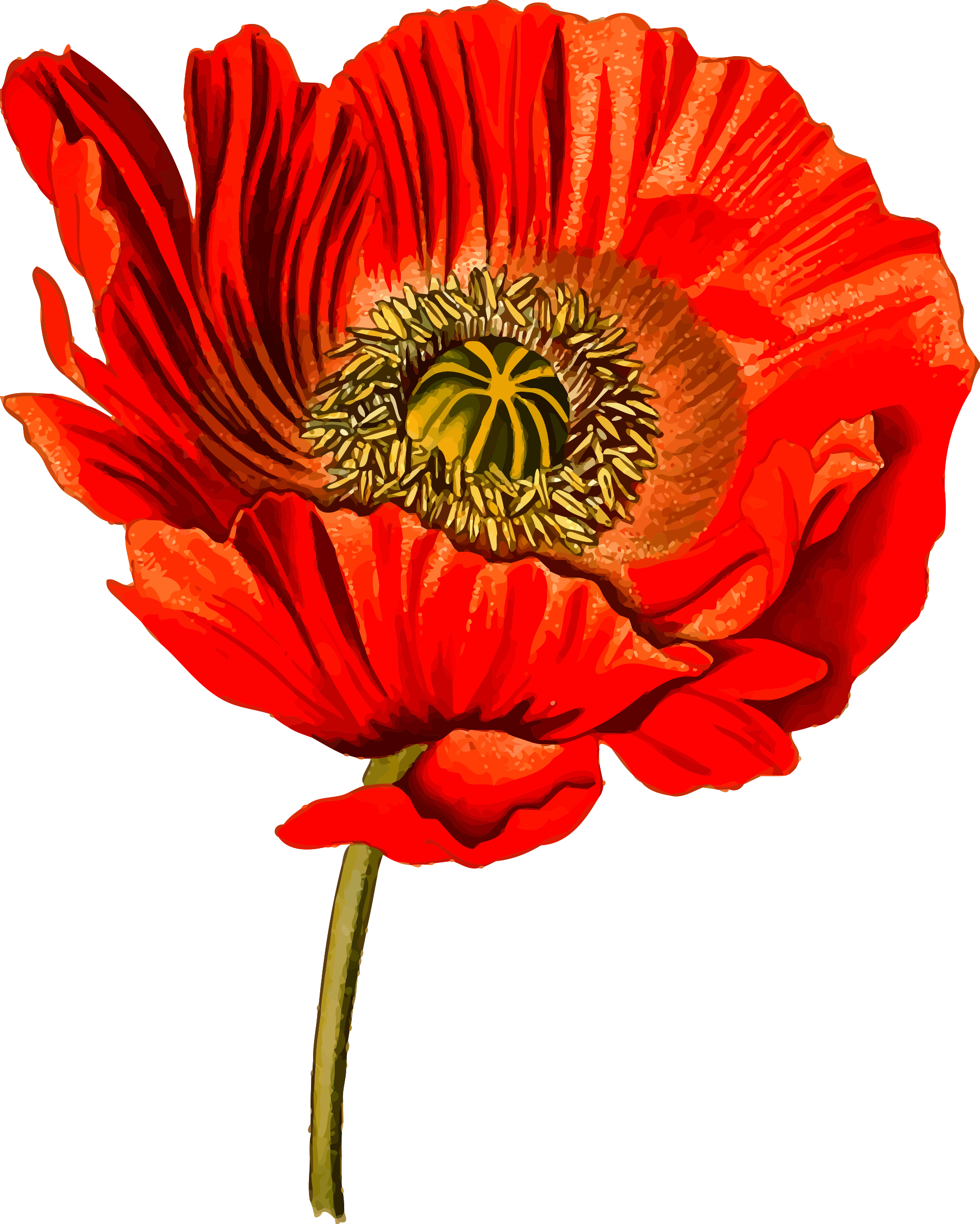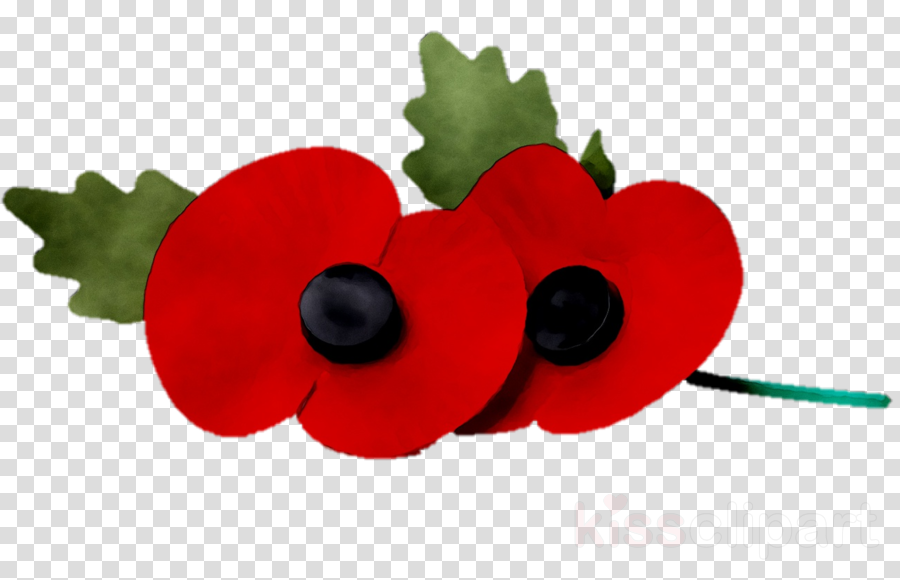

At a November 1918 YMCA Overseas War Secretaries' conference, she appeared with a silk poppy pinned to her coat and distributed twenty-five more poppies to attendees. In tribute to McCrae's poem, she vowed to always wear a red poppy as a symbol of remembrance for those who fought in and assisted with the war. She published a poem of her own called " We Shall Keep the Faith" in 1918. Moina Michael, who had taken leave from her professorship at the University of Georgia to be a volunteer worker for the American YMCA Overseas War Secretaries Organization, was inspired by the poem. Michael first proposed using poppies as a symbol of remembrance. The Royal British Legion's Poppy Appeal has caused controversy in recent decades, with some-including British Army veterans-arguing that the symbol has been used excessively to marshal support for British military interventions and that public figures have been pressured to wear the poppies. In Australia and New Zealand, they are also worn on Anzac Day. In these countries, small remembrance poppies are often worn on clothing leading up to Remembrance Day/ Armistice Day, and poppy wreaths are often laid at war memorials. Today, the remembrance poppy is mainly used in the United Kingdom and the Commonwealth, where it has been trademarked by veterans' associations for fundraising. Madame Guérin established the first "Poppy Days" to raise funds for veterans, widows, orphans, liberty bonds, and charities such as the Red Cross.

Inspired by the war poem " In Flanders Fields", and promoted by Moina Michael, they were first used near the end of World War I to commemorate British Empire and United States military casualties of the war. Veterans' associations exchange poppies for charitable donations used to give financial, social and emotional support to members and veterans of the armed forces. The remembrance poppy is an artificial flower worn in some countries to commemorate their military personnel who died in war. Cotton and silk poppies were made in devastated areas of France by Madame Guérin, "The Poppy Lady from France" and the originator of Poppy Day for the widows and orphans of soldiers killed during the war


 0 kommentar(er)
0 kommentar(er)
